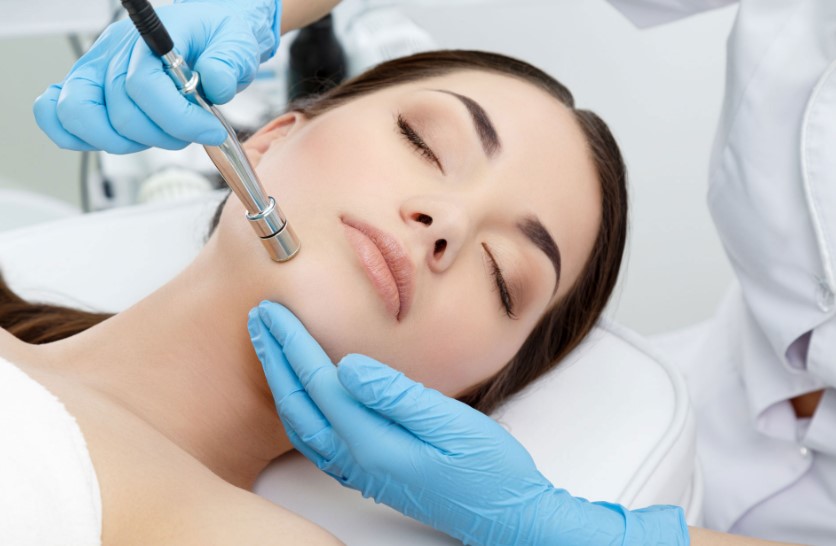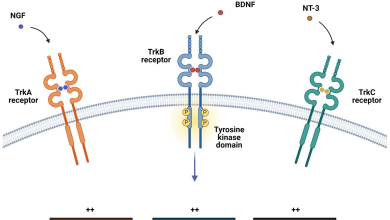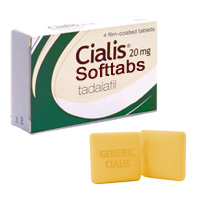7 Crucial Facts You Need to Know About PRP Treatment

In recent years, platelet-rich plasma (PRP) therapy has become more popular as a cutting-edge therapeutic approach for a range of medical and aesthetic uses. A patient’s own blood is used to create PRP, which is a concentrated solution of platelets and growth factors. It is well known for its regenerative abilities, which aid in quickening the healing process, lowering inflammation, and promoting tissue regeneration. Let’s discuss some important PRP therapy information, as recommended by the best dermatologist in Lahore, including its applications, benefits, drawbacks, and potential future developments.
1- The Science of PRP Therapy
PRP therapy makes use of the patient’s blood components to stimulate the body’s natural healing processes. Plasma, red blood cells, white blood cells, and platelets are all components of blood. Although platelets are essential for blood clotting and wound healing, they also contain growth factors that are essential for tissue regeneration and repair. A small sample of the patient’s blood is extracted during a PRP procedure, which is subsequently processed to separate the platelets and growth factors. The patient’s target location, such as joints, tendons, or skin, is then injected with the resultant PRP solution to promote healing and rejuvenation.
2- Applications in Orthopedics and Sports Medicine
In orthopedics and sports medicine, PRP therapy is one of the most frequently used procedures. Athletes regularly utilize PRP therapy to address conditions including tendonitis, muscle strains, ligament sprains, and cartilage damage.
PRP can speed up tissue healing and shorten recovery times by injecting concentrated growth factors right into the wounded region. Numerous athletes and orthopedic doctors swear to the benefits of PRP, despite the fact that research into its effectiveness is still underway.
3- Uses in Dermatology and Aesthetics
PRP therapy has become quite popular outside of orthopedics, in the realms of dermatology and aesthetics. This technique, sometimes referred to as the “Vampire Facelift” or “PRP Facial,” involves injecting PRP into the face to promote the creation of collagen and enhance skin tone and texture. PRP may also help to lessen wrinkles, fine lines, and acne scars for a more youthful appearance. By encouraging hair growth and thickness, PRP therapy for hair loss, which is frequently paired with microneedling, has also produced encouraging results.
4- Management of Chronic Pain
Conditions like osteoarthritis that cause chronic pain may greatly reduce a patient’s quality of life. PRP therapy is becoming more popular as a pain management and joint-regeneration alternative. PRP can encourage cartilage regeneration and lessen inflammation by giving concentrated growth factors to the injured joint, thereby reducing pain and enhancing joint function.
5- Minimal Side Effects and Safety
The safety profile of PRP therapy is one of its key benefits. There is very little chance of allergic reactions or infections with PRP because it is made from the patient’s own blood. Typically, the surgery is carried out as outpatient therapy, and patients may get back to their normal routines right away. The injection site may have a few minor adverse effects, such as swelling, bruising, or redness, but these normally go away in a few days.
6- Variable Efficacy and Influencing Factors
Although many individuals benefit from PRP therapy, its effectiveness varies based on a number of variables. Age, general health, the seriousness of the illness being treated, and the medical professional’s method are a few of these. Prior to receiving PRP therapy, it is crucial to set reasonable goals and talk about possible results with a licensed medical practitioner.
7- Ongoing Research and Future Potential
PRP therapy is still a topic of ongoing study as the field of regenerative medicine develops. Researchers are looking at novel uses for PRP, including in dental work, wound healing, and possibly in conjunction with other therapies. Furthermore, improvements in PRP preparation processes and delivery strategies may eventually result in treatments that are even more effective and precise.
PRP treatment has emerged as a groundbreaking medical intervention with numerous applications and promising results. From orthopedics and sports medicine to aesthetic and dermatological uses, PRP therapy continues to pave the way for innovative treatments in regenerative medicine. With its remarkable ability to harness the body’s own healing mechanisms, PRP treatment is likely to remain at the forefront of regenerative medicine, offering hope and healing to countless individuals around the world. If you want PRP treatment, you can get a consultation from any dermatologist at Niazi Hospital.
Conclusion
The use of PRP therapy as a regenerative therapy that taps into the body’s inherent healing powers has enormous promise. Medical experts and patients have praised it for its uses in orthopedics, sports medicine, aesthetics, and chronic pain treatment. PRP’s safety profile, which is autologous in origin, contributes to its attractiveness as a low-risk and minimally intrusive therapy. Patients should nevertheless be informed that the effectiveness of PRP therapy might vary depending on personal characteristics and that a thorough discussion with a healthcare professional is required to set reasonable expectations.








